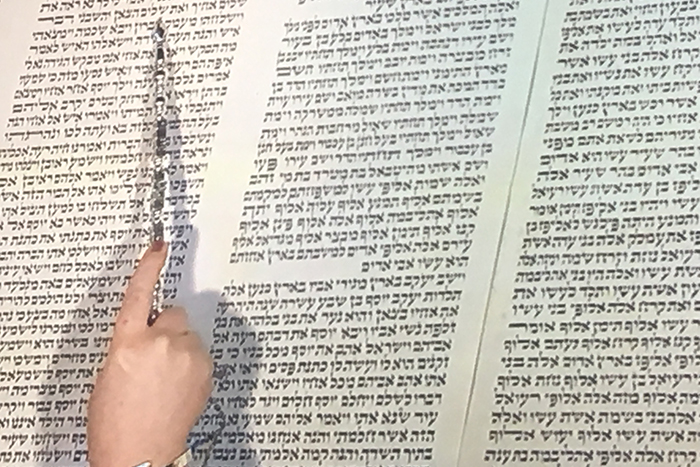Image:

Just as Sukkot ends, Reform Jews enjoy the two-in-one-day holiday of Sh’mini Atzeret and Simchat Torah. Here are six things to know about this celebration:
- In Reform communities and in Israel, Sh’mini Atzeret is celebrated concurrently with Simchat Torah.
- In Hebrew, Sh’mini Atzeret means “eighth-day convocation.” The holiday derives its name from Leviticus 23:36, which proclaims: “On the eighth day you shall observe a holy convocation.” In biblical times, Sh’mini Atzeret was a day for Jews to reflect on Sukkot before returning to their routine.
- Sh’mini Atzeret later became the day on which Jews recited a special prayer for rain in the coming year – quite appropriate in light of the agricultural theme of Sukkot! Today, Sh’mini Atzeret is still the day we begin to pray for wind and rain.
- Known as the festival of “rejoicing in the Torah,” Simchat Torah marks the completion of the annual Torah-reading cycle. Just as we finish reading the last sentence in Deuteronomy (D’varim), we immediately begin again with the story of creation in Genesis (B'reishit). This practice represents the cyclical nature of the relationship between the Jewish People and the reading of the Torah.
- Simchat Torah is characterized by joyful parades of people carrying Torah scrolls throughout the congregation, making seven circuits through the room, singing and dancing all the while.
- In some communities, an entire Torah scroll is unrolled for all to see. In many Reform congregations, Simchat Torah also is the time to bless the children who are entering religious school.
Explore Jewish Life and Get Inspired
Subscribe for Emails
